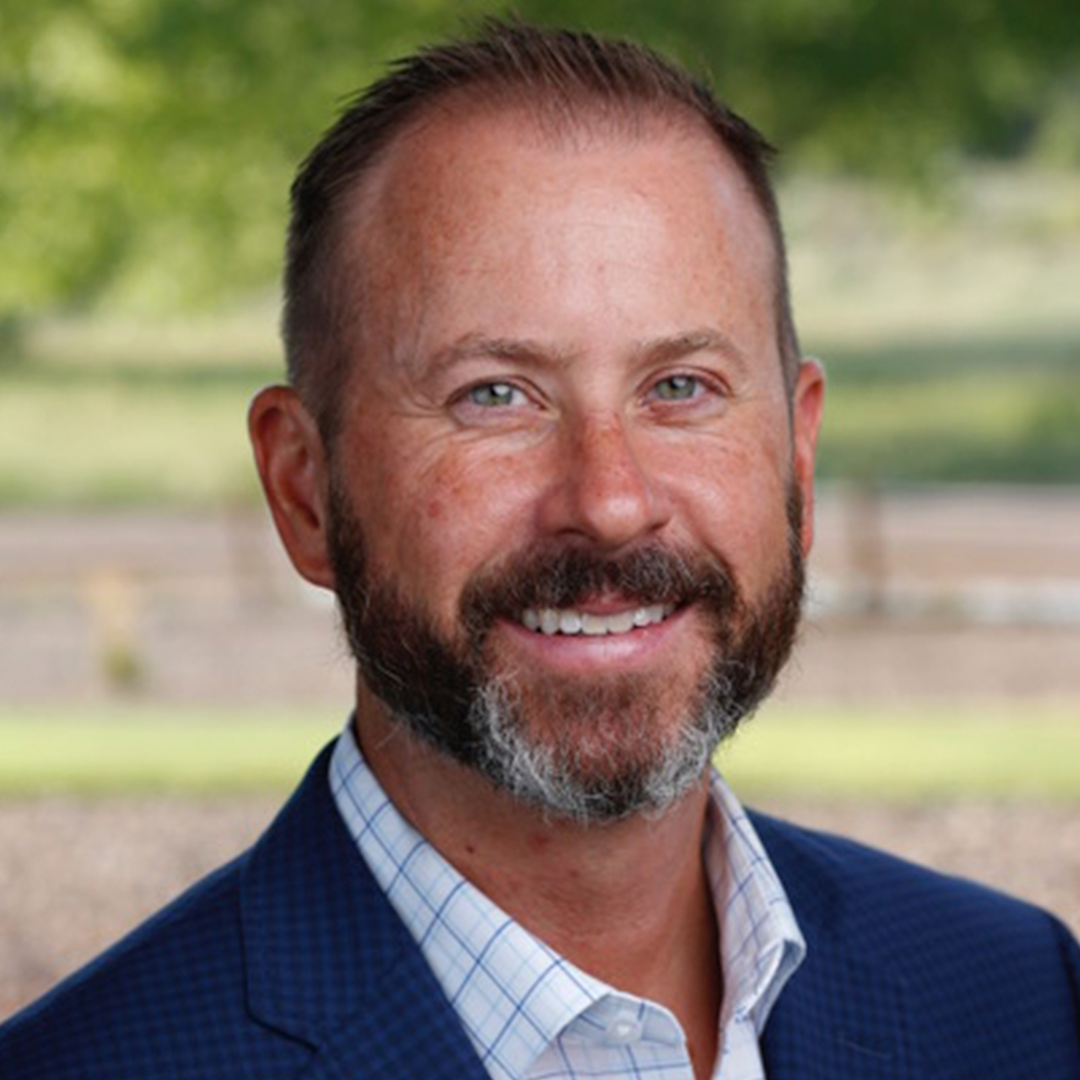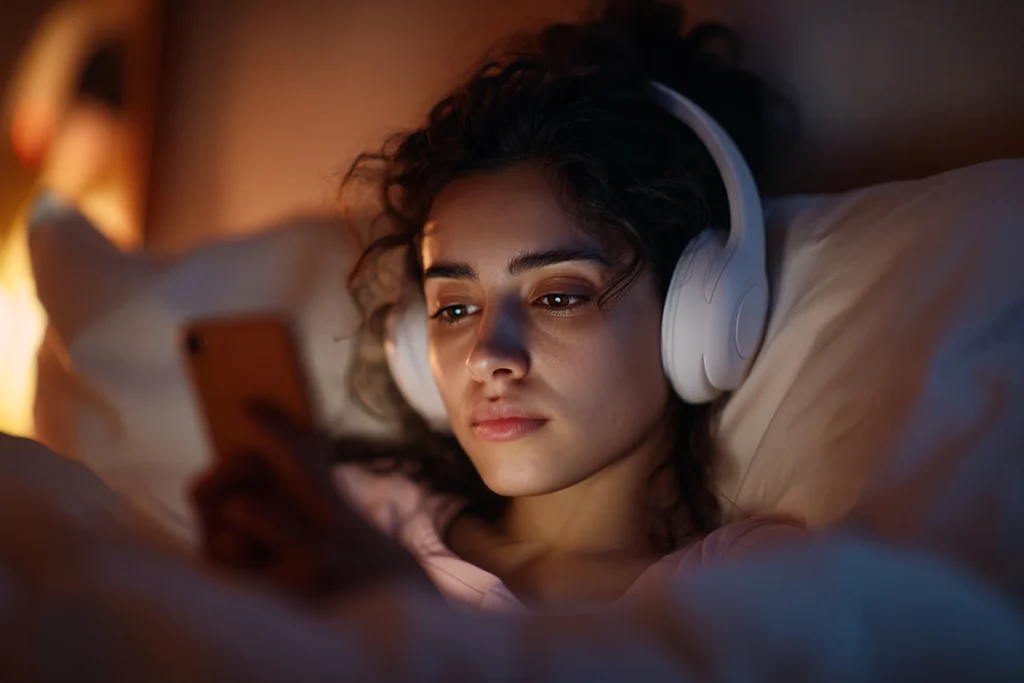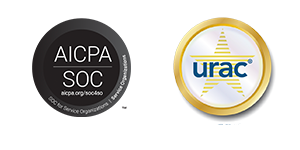Table of Contents
The Centers for Disease Control and Prevention (CDC) has identified over 41,000 cases of monkeypox worldwide—14,115 cases in the U.S. as of August 18, 2022. The World Health Organization (WHO) and the Biden administration declared the ongoing outbreak a public health emergency. With confirmed cases of monkeypox among students at various colleges, what do higher education leaders need to know about monkeypox?
What is monkeypox?
According to a spokesperson from the WHO, “Monkeypox is a viral zoonosis (a virus transmitted to humans from animals) with symptoms similar to those seen in the past in smallpox patients, although it is clinically less severe.” Historically, monkeypox primarily occurred in central and west Africa, often in proximity to tropical rainforests. However, the disease is increasingly appearing in urban areas.
Below are a few key facts about the virus, its symptoms, transmission, and vaccines:*
- Vaccines used during the smallpox eradication program also protected against monkeypox. Newer monkeypox vaccines have been developed, of which one has been approved for the prevention of monkeypox.
- Monkeypox is usually a self-limiting disease with symptoms lasting two to four weeks. In some cases, symptoms can be mild, though severe cases can occur. Recently, the case fatality ratio has been around 3-6%.
- Monkeypox is transmitted to humans through close contact with an infected person or animal. It can also be transmitted by material contaminated with the virus.
- Monkeypox virus is transmitted from one person to another by close contact with lesions, scabs, blisters, bodily fluids, respiratory droplets, and contaminated materials such as bedding.
- The clinical presentation of monkeypox resembles that of smallpox, a related orthopoxvirus infection that was declared eradicated worldwide in 1980. Monkeypox is less contagious than smallpox and causes less severe illness.
- Monkeypox typically presents clinically with fever, rash, and swollen lymph nodes and may lead to a range of medical complications.
*World Health Organization, May 19, 2022
The CDC says that monkeypox is most often associated with a rash that can appear anywhere on the body including the face, feet, hands, genitals, and inside the mouth. Symptoms typically last two to four weeks, which is slightly longer than COVID-19. And while a recent TimelyCare survey showed most college students aren’t concerned about the current outbreak, its symptoms can still be painful and frightening.
How can higher education prepare for monkeypox?
As monkeypox spreads, colleges and universities should prepare for possible outbreaks among their students.
Here are a few strategies to consider:
1. Communicate constantly
If navigating the coronavirus global pandemic taught higher education leaders anything, it’s that communication is key. Make sure communication is consistent, clear, and continual. This is crucial to making sure students understand the risk of monkeypox, how to be safe, and what to do if they think they may have it. A health crisis, especially one coming on the heels of a global pandemic, limits people’s ability to cope with excessive amounts of information. Continual communication efforts reduce fear, build trust, and guarantee students understand the organization’s key messages.
2. Avoid stigma
The CDC says that data suggest that widespread community transmission of monkeypox has disproportionately affected gay, bisexual, and other men who have sex with men, and racial and ethnic minority groups. Higher education leaders need to alert and protect vulnerable communities without stigmatizing LGBTQ+ people or traditionally underserved populations. Consider working directly with select campus and community organizations to develop solidarity around messaging and education that helps people avoid infection without stigmatizing their sexual or ethnic identity.
3. Urge vulnerable students to get vaccinated
CDC recommends vaccination for people who have been exposed to monkeypox and people who may be more likely to get monkeypox. The preferred vaccine is JYNNEOS, which is a two-dose vaccine. It takes 14 days after getting the second dose of JYNNEOS for immune protection to reach its maximum. The ACAM2000 vaccine may be an alternative to JYNNEOS. ACAM2000 is a single-dose vaccine, and it takes four weeks after vaccination for immune protection to reach its maximum. However, it has the potential for more side effects and adverse events than JYNNEOS. Students should take precautions to reduce their exposure to monkeypox (i.e., skin-to-skin contact, sexual activity, etc.) until immune protection from vaccines has reached its maximum.
4. Prep for long isolations
A monkeypox infection can last a few weeks. So, students who contract the virus may need to be isolated for a significant portion of their semester. Fortunately, as noted in a recent Inside Higher Ed article, two years of developing COVID-19 safety infrastructure—including isolation housing in dorms, virus testing sites, and contact tracing—may help health officials at colleges deal more effectively with monkeypox cases. If you haven’t already, start planning now for outbreak prevention on campus and what to do if one occurs. Be sure to encourage faculty to have an academic accommodation plan for the school year in advance.
5. Stay informed
While there currently isn’t formal guidance regarding monkeypox for college campuses from the CDC or the American College Health Association (ACHA), it’s important to stay abreast of current information and resources. For instance, the CDC has resources to help your students learn how to protect themselves from getting monkeypox, gather safely, and lower their risk during sex. And, it has resources for college administrators, such as considerations for reducing monkeypox transmission in congregate living settings. ACHA released a robust list of resources related to monkeypox with accompanying links. You can also keep up with the WHO resources on their website.
Deliver virtual health care that complements on-campus resources
What is the role of virtual resources in treating monkeypox?
Colleges and universities are responding to the monkeypox outbreak in a variety of ways. Some college health centers are doing virtual classes and online portals to educate students about monkeypox. To raise awareness, many colleges and universities are working with county health officials, the CDC, and on-campus groups to encourage conversations about sex, relationships, and health.
One recent change makes it possible for virtual health care providers to provide support for a confirmed monkeypox case. The CDC and the FDA now offer a streamlined process for select healthcare providers to offer a smallpox antiviral treatment to patients who have monkeypox. This allows healthcare providers to prescribe the drug via telehealth in some instances. However, while the suspected diagnosis of monkeypox can be made in some cases through telemedicine, definitive testing must be performed through an in-person visit. Additionally, the medication is not available in public pharmacies. The provider doing the prescribing must complete required paperwork, and testing information and lesion photographs must be submitted.
The treatment is reserved for individuals at high risk for severe disease and generally includes individuals with immunosuppression or other chronic severe diseases. The management of such comorbid medical conditions is not an appropriate use of telemedicine. As such, TimelyCare providers do not prescribe antiviral treatment for monkeypox.
Still, colleges and universities should be prepared to support students who contract or fear they might contract monkeypox. Telehealth and virtual health care options can provide students valuable access to mental health support if they’re fearful of getting monkeypox or have a confirmed case. And in the event of a confirmed case, these virtual options minimize exposure to anyone else. Virtual mental health care can also reduce the stigma of seeking care, providing much-needed emotional support.
By partnering with colleges and universities to provide a high-quality, high-touch, integrated care delivery system, TimelyCare provides peace of mind for campus administrators and healthcare professionals, along with students and their families.
Contact TimelyCare to learn how a hybrid model of care delivered through telehealth and virtual care can enhance your campus response to infectious diseases like monkeypox.






